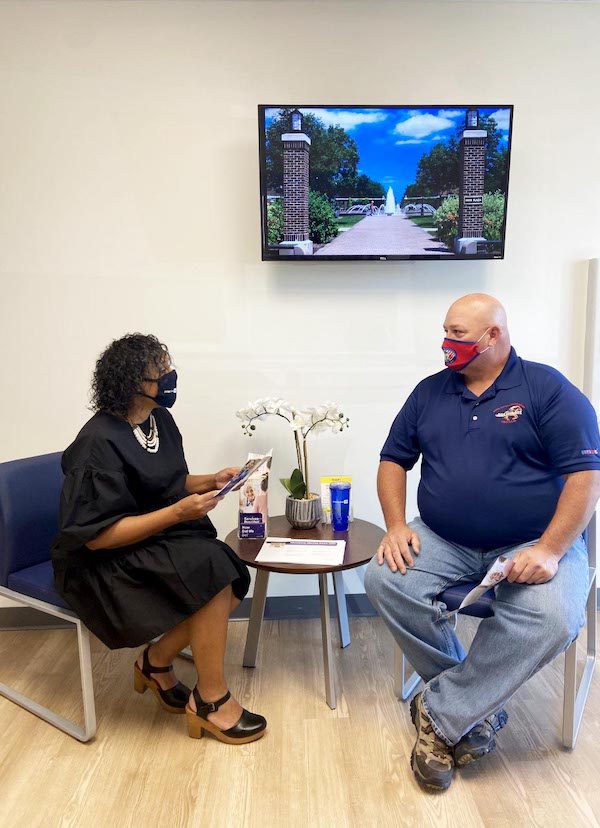By Stacey Sougoufara, MSW
October is Health Literacy Month. According to The Centers For Disease Control, “The Patient Protection and Affordable Care Act of 2010, Title V, defines health literacy as the degree to which an individual has the capacity to obtain, communicate, process and understand basic health information and services to make appropriate health decisions.”[1] Personal health literacy improves patient competence and confidence when making healthcare choices, empowering patients to collaborate with providers’ healthcare institutions while advocating for themselves and their families. Ultimately, the goal of health literacy is to encourage patients to understand and apply healthcare knowledge.
Healthcare organizations have a responsibility to provide health literacy information that encourages patients to become active participants in their care. Personal and professional guidance through the healthcare system, including enhanced access to health literacy, is the role of Proactive MD’s Patient Advocate.
Patient Advocates Are Key to Health Literacy
The Patient Advocate’s primary role is to bridge the gap in care that occurs beyond the walls of onsite Health Center and the community. The Patient Advocate’s responsibilities are organized into four different categories of work: care coordination, engagement, education, and population risk management. Patient Advocates are licensed Social Workers with knowledge and experience in healthcare, enabling them to integrate social service into the four categories previously mentioned. Patient Advocates are uniquely positioned to provide health literacy by educating and coaching both individuals and groups in the communities they serve. To ensure positive health outcomes, Patient Advocates join forces with Physicians to develop targeted outreach and education campaigns for high-risk and high-claim employees/patients. The goal is to prevent and reduce low health literacy, which may lead to negative health outcomes, particularly for high-risk patients.

Patient Advocate Stacey Sougoufara meets with a patient.
Health Literacy as an Opportunity for Change
Patient Advocates meet with high-risk patients frequently, as patients who receive diagnoses in high-risk categories are often unfamiliar or unsure how to make the necessary lifestyle changes. Recently, I met with a patient who expressed obstacles that prevented her from embracing the exercise and proper diet changes necessary to address diabetes mellitus. Because the patient understood the treatment goal, we were able to work together, identifying the supports needed to overcome obstacles and adhere to her treatment plan. I provided the patient with health literature addressing nutrition, meal preparation, and low maintenance exercise. Together we identified her support system, which includes her husband, Proactive MD provider, and Patient Advocate. The patient also received and agreed to use a portion plate designed for people with diabetes and prediabetes. By clarifying complex medical information and providing actionable knowledge and relevant resources, I empowered the patient to make changes necessary for a healthier lifestyle.
This is one example of how health literacy can have a tangible impact on a patient’s life. In a complex and overwhelming healthcare environment, providing patients with medical and systemic knowledge is essential. When delivered by a Patient Advocate who can also address social determinants of health, personally guide patients through the healthcare system, and engage those who are high-risk, health literacy can have dramatic impacts on healthcare costs and outcomes. Every patient deserves the opportunity to be an active participant in their care, and this is what Patient Advocates strive to provide every day.
Sources:




